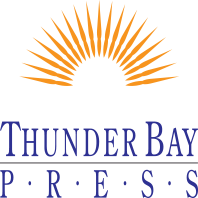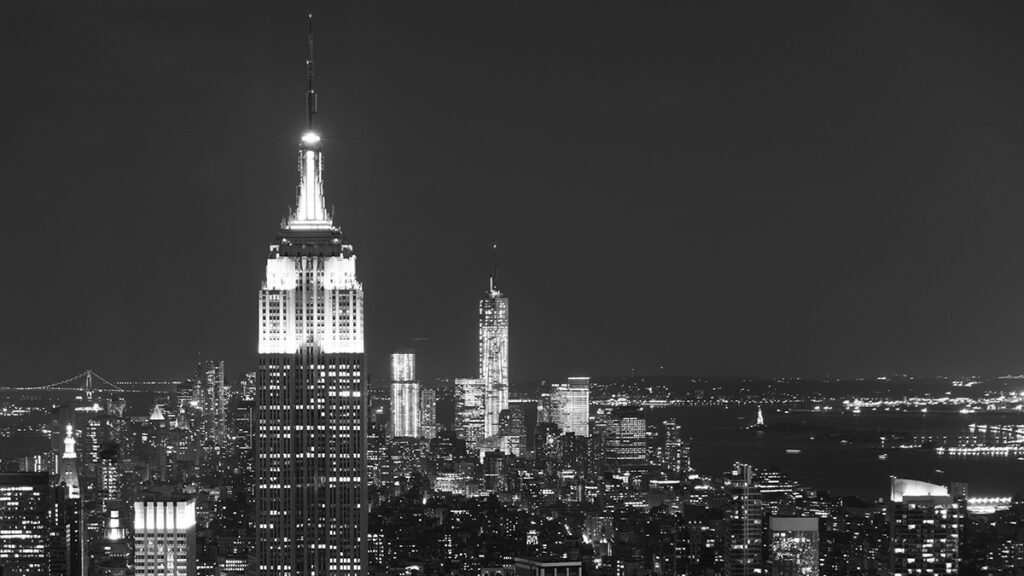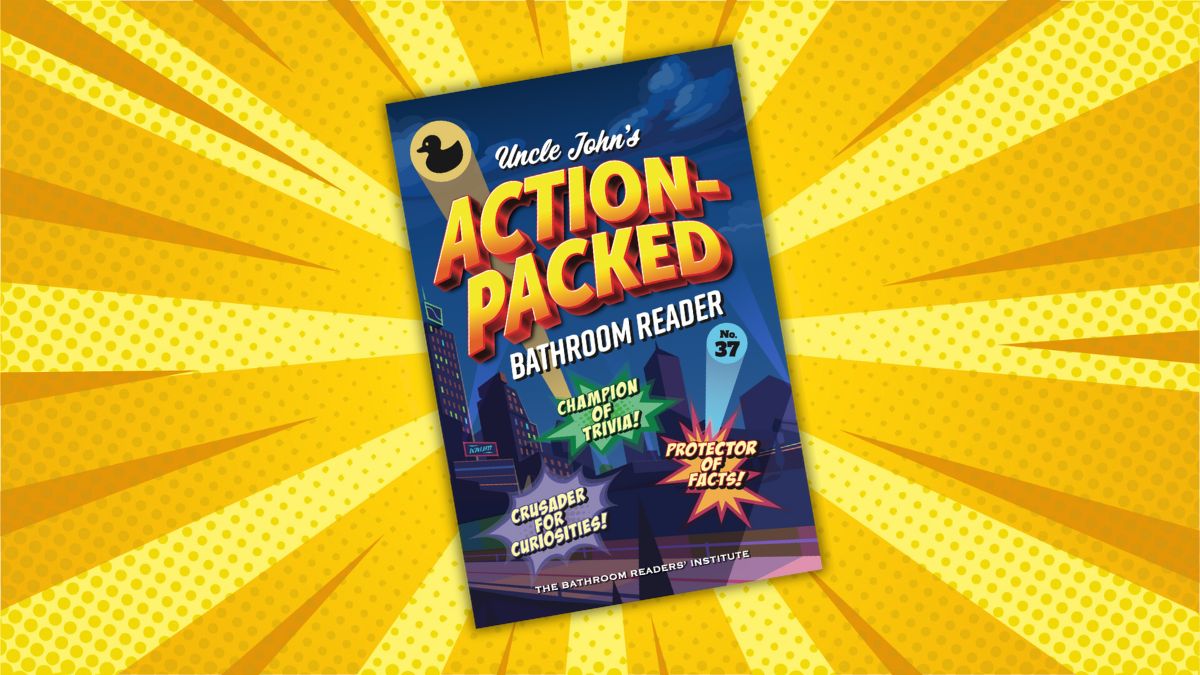By Brian Boone
With Saturday Night Live airing its landmark 50th season, and Saturday Night, a movie about the seminal late-night sketch comedy series hitting theaters, let’s all go back to the mid-1970s for some little-known stories about the early, rocky seasons of SNL.
Carson’s Orders
“The Tonight Show” host Johnny Carson renegotiated his contract with NBC in 1974. Seeing as how he pulled in $60 million for the network with his five-nights-a-week, 90-minute show — its biggest individual income source — he had the clout to push his workload down to four nights a week. That meant moving a compilation clip show called “The Best of Carson” to weeknight from its usual Saturday spot. That left NBC with a 90-minute gap on Saturday nights, and executives pitched a variety show, but a hip one aimed at twentysomethings. To make it, they brought in 30-year-old Lorne Michaels, star of a Canadian variety show called The Hart and Lorne Terrific Hour and a writer for some Lily Tomlin specials.
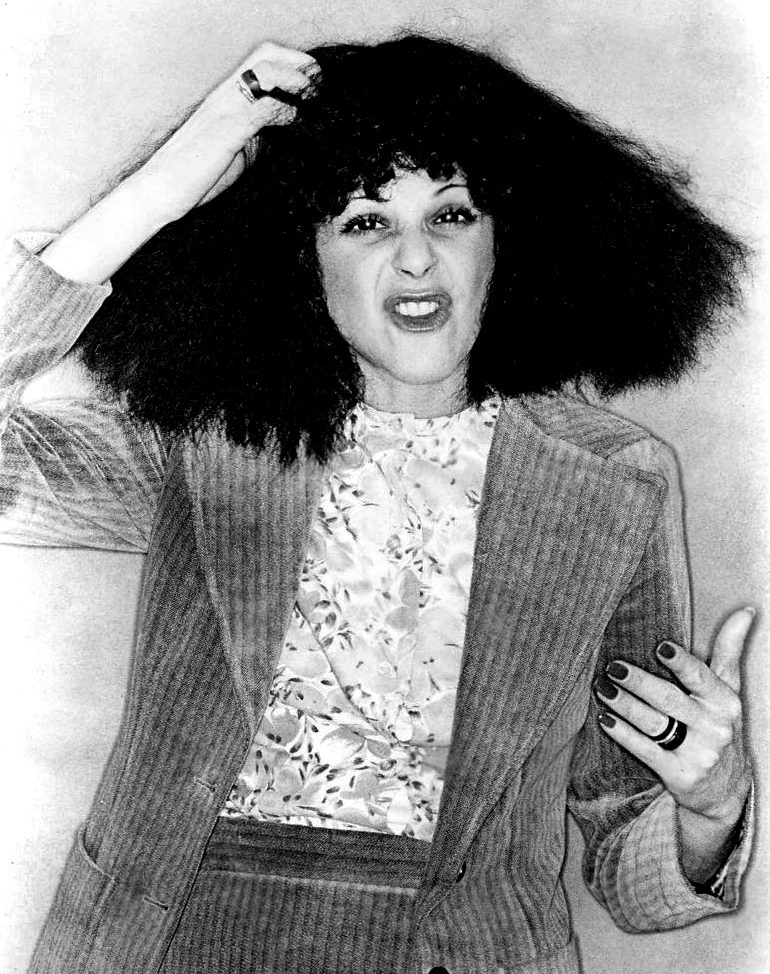
Getting Gilda; The Thrill of the Chase
Michaels hired seven actors, primarily pulled from edgy live comedy shows produced by National Lampoon and Second City. (The first to sign up: Gilda Radner.) Credited collectively as “The Not Ready for Primetime Players” when the show debuted in 1975 (none were individually billed), Chevy Chase was the breakout star because he both portrayed President Gerald Ford (as a bumbling, pratfall-prone fool) and hosted the faux-news segment “Weekend Update” — where his introduction identified him and became a catchphrase: “I’m Chevy Chase, and you’re not.” (He subsequently left the show early in Season 2 to pursue a movie career, replaced by Bill Murray.)
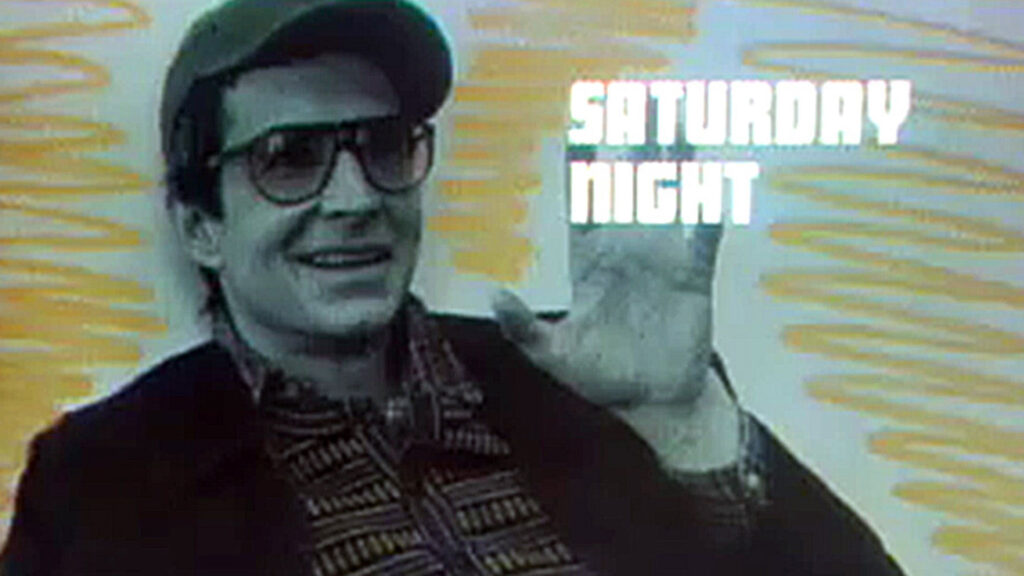
Change is Afoot
The show was still finding its footing and was loose with its format in Season 1. By Season 2, the show had gelled and permanent changes were made. For one, the show was originally titled NBC’s Saturday Night; it became Saturday Night Live when the ABC show with that name (hosted by sportscaster Howard Cosell) was canceled in early 1977. The long sets by comedians like George Carlin and Andy Kaufman disappeared, and so did a first-season attempt at fantastical, adults-oriented Muppets. Created by Jim Henson, the “Land of Gorch” puppet sketches went away — so disliked they almost never appear in SNL reruns.
Coming: A Shore
Before current bandleader and musical director Lenny Pickett, and before Hall and Oates guitarist (and Radner’s husband) G.E. Smith took over, the first musical director and bandleader on Saturday Night Live was a saxophonist named Howard Shore. He wrote the SNL theme song, and he’d eventually win Oscars for composing the score for The Lord of the Rings movies, and he’d once collaborated with Michaels on some Canadian TV projects, and played in the pit orchestra for the 1972 Toronto production of the hippie musical Godspell. (Also involved with that run of Godspell: future cast members Gilda Radner, Martin Short, and future David Letterman sidekick Paul Shaffer — he played keyboards in the orchestra with Shore, a job he repeated in the SNL band before he briefly became a cast member.
Get Uncle John's Action-Packed Bathroom Reader Today!
The Fab Two
A big news item in 1976: The split-up Beatles declined a $230 million offer from a concert promoter to reunite. As a send-up in a 1976 episode, Lorne Michaels made a rare on-camera appearance to plead with the Beatles to reunite on SNL — for the hilariously low price of $3,000, to be split amongst the Fab Four however they saw fit. And at least half of the Beatles almost took up Michaels on his offer. Paul McCartney and John Lennon were watching that very SNL together, in New York. They ultimately decided they were too tired to head down to the studio.
Old News
The only non-celebrity guest host in SNL history: Miskel Spillman. In 1977, the 80-year-old viewer won an “Anyone Can Host” contest. She was also the oldest ever SNL host until 88-year-old TV superstar Betty White hosted in 2010 — following a successful Facebook-based lobbying campaign.





